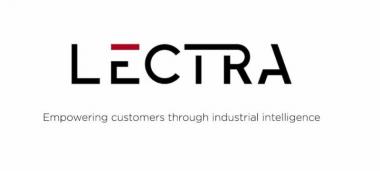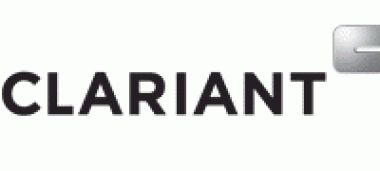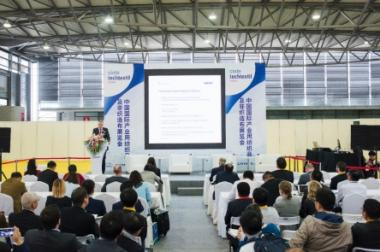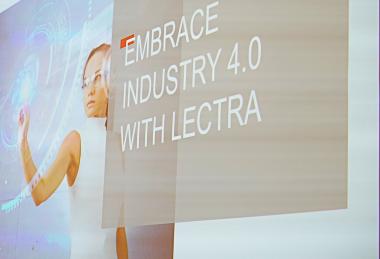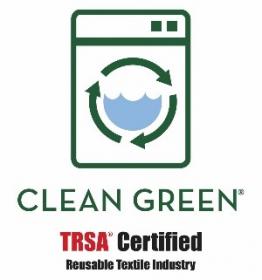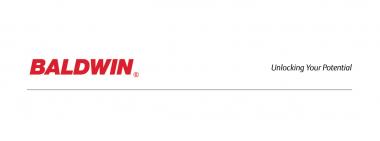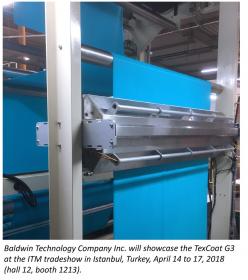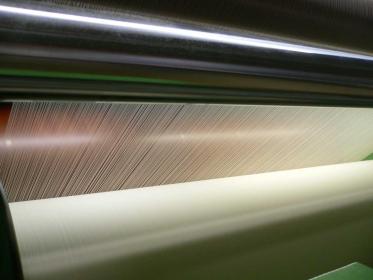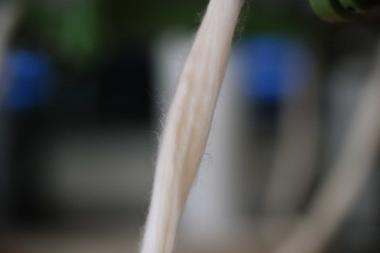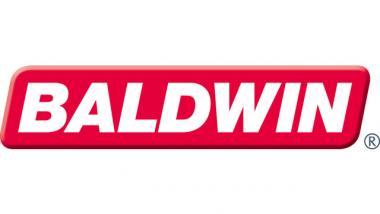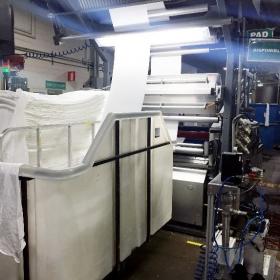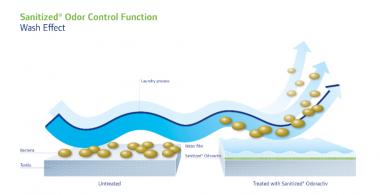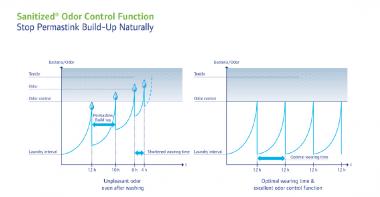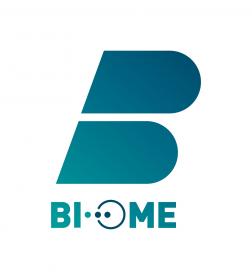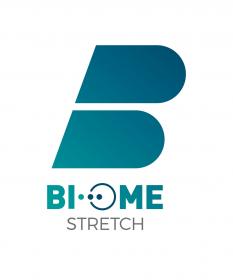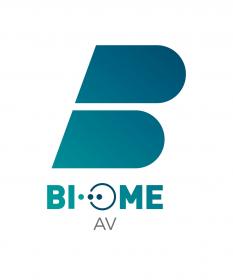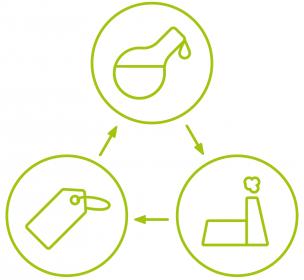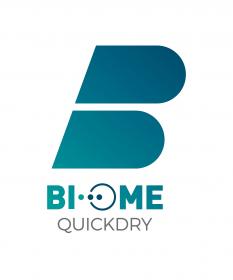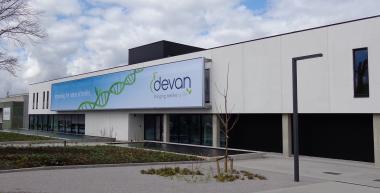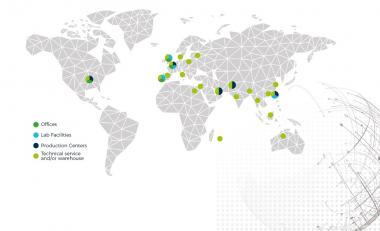World's largest automotive interiors supplier adopts Lectra’s agile high-volume fabric-cutting solution
- China-based Yanfeng Global Automotive Interiors improves cutting precision with Lectra’s Vector® iX6
Paris – Lectra, the technological partner for companies using fabrics and leather, is pleased to announce that Yanfeng Global Automotive Interiors (YFAI), the world’s largest supplier of vehicle interior components, has adopted the Vector iX6® advanced fabric-cutting solution to stay apace of evolving production needs.
YFAI supplies a broad range of products spanning instrument panels, cockpit systems, door panels, floor consoles and overhead consoles—the majority of which incorporate vinyl and laminated woven fabric pieces.
Growing consumer demand for personalization and customization is contributing to an overall increase in soft trim content in vehicle interior components. The Vector iX6 provided by Lectra is intended to help YFAI increase the capacity and fabric-cutting efficiency of its new vehicle program in Anting.
In the manufacturing of vehicle interiors, cutting level precision is of the utmost importance because pieces must fit into door panel designs with a high degree of accuracy. Equipped with a special cutting blade, Vector iX6’s ultra-precise cutting improves material utilization by minimizing buffer between parts. The solution’s superior cutting control software and high-frequency vibration cutting also enable a considerable improvement in productivity.
“As vehicle interior designs become increasingly complex, process requirements change accordingly,” remarks Guan Qinghua, Director, Advanced Manufacturing Engineering, YFAI. “The ability to achieve greater productivity and precision for the smaller fabric and vinyl pieces becomes particularly critical. Lectra’s Vector iX6 satisfies this need while also improving fabric utilization and cutting efficiency.”
“Understanding evolving market trends lies at the heart of what we do,” states Javier Garcia, Senior Vice-President, Automotive Sales, Lectra. “Since its launch, Vector iX6 has been quickly adopted by interior component suppliers like YFAI. VectorAuto iX6 contributes to a drastic reduction in the manufacturing cost per set, especially for small parts produced using vinyl and other materials complex to cut.
Lectra Headquarters / Press Department


